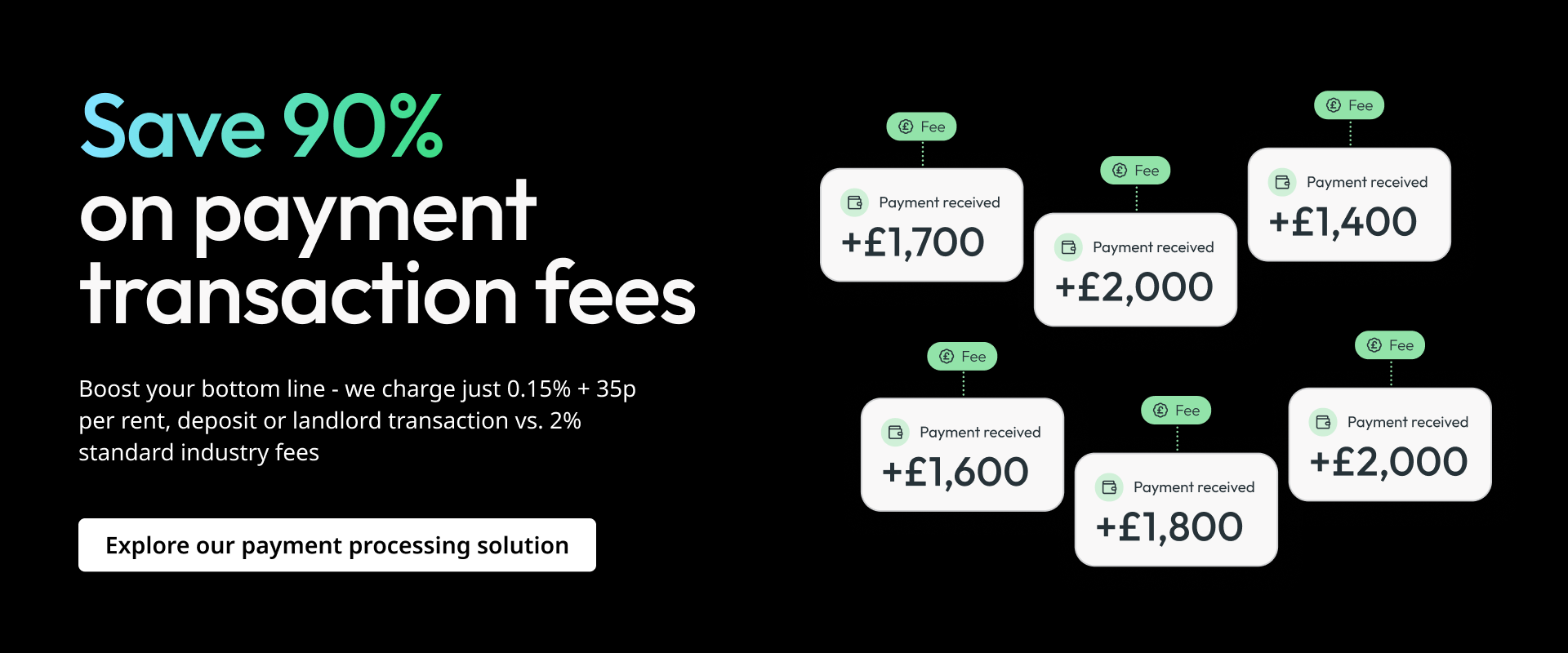
How to create a checkout report for student tenancies

Image courtesy of Adobe
As the academic year draws to a close, property managers need to prepare for student tenants to vacate their properties. After your tenants move out, you should create a checkout report to assess the condition of your property and help facilitate and speed up the process of returning deposits.
What is a checkout report?
A checkout report is a document that records the condition of a property at the end of a tenancy in comparison to the beginning of the tenancy. It should list any required repairs and recommended actions as well as who is responsible for these. It should also list any suggested deductions.
We’ve put together some advice to help you create a comprehensive and effective checkout report.
1. Make sure all parties are aware of key dates and responsibilities
To start with, make sure that both you and your tenants are aware of when the tenancy is due to come to an end. You should also discuss plans for the next academic year with your tenants so you can establish whether a checkout report is needed. If your tenants are planning to renew their lease for another year, you do not need to worry about conducting a checkout report until after they move out.
If your tenants are moving out at the end of the academic year, you need to make sure that they are aware of their legal responsibilities to help them prepare properly for checkout. Inform your tenants that they need to leave the property in the same condition that they found it, allowing for reasonable wear and tear.
Bear in mind that you can only ask your tenants to return the property to the same standard of cleanliness it was in when the tenancy started. Under the Tenant Fees Act 2019, you cannot require tenants to pay for professional cleaning services. You can ask them to clean to a professional standard, but only if the property was this way before your tenants moved in.
2. Refer to your property inventory
Your checkout report should refer back to the property inventory you took at the beginning of the tenancy.
What is a property inventory?
A property inventory is a document which shows the contents and condition of your property. You should create an inventory at the beginning and the end of a tenancy. It should include clear, date-stamped images and detailed descriptions of the condition of the property.
Why is a property inventory important?
A property inventory allows property managers and tenants to assess how the property has changed over the course of the tenancy and note any damages or differences. Detailed and accurate inventories help to resolve deposit disputes more efficiently and cordially.
How should you use your property inventory during checkout?
When carrying out your checkout inspection, you should assess the condition of the floors, walls, appliances, furniture, and outside spaces by comparing them to the record from your check-in inventory. Take note of any damages or changes to their condition and take date-stamped pictures to include in the checkout report.
You should get your tenants to sign the inventory on check-in and checkout. This will signal that they agree with the record of the condition of the property. You may be able to use a signed inventory as evidence if a deposit disagreement does arise after the end of the tenancy.
3. Take pictures of meter readings
After your tenants have moved out, you should take final pictures of any meter readings so you have them for your records. You should also ask your tenants to do this just before they checkout.
4. Use neutral language
Try to use neutral language in your checkout report and any following disputes or claims. Remember that you are dealing with student tenants who may have never rented before. Using overly negative language to describe how tenants have left your property is likely to escalate tensions and cause unnecessary ill will.
You’re ready to create your checkout report
Keeping these tips in mind, you’re now ready to create a comprehensive checkout report for your property and proceed with returning deposits, excluding any reasonable deductions.
Share


